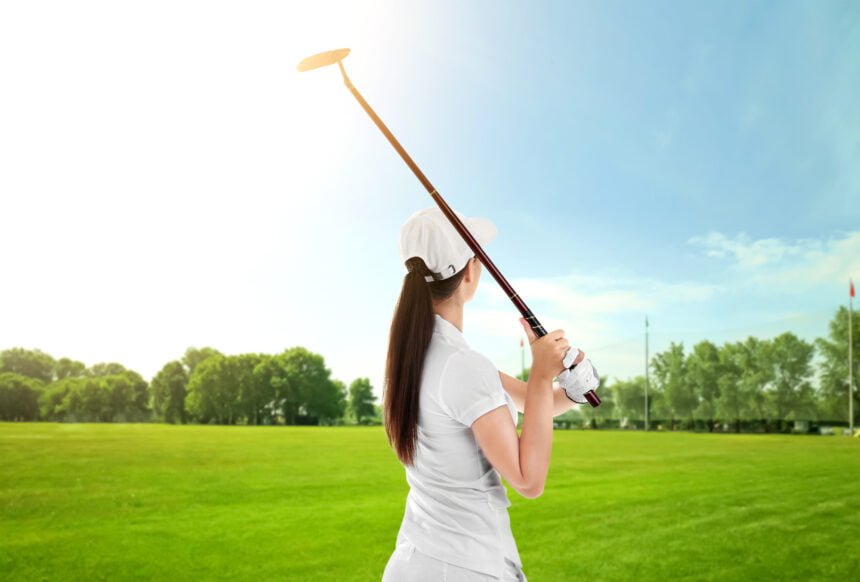If you play lots of golf, you’ll find yourself gripping the club tightly, swinging it repeatedly, and making significant contact with the ground. Over time, these actions put a lot of strain on your forearm muscles and tendons, leading to a painful condition known as golfer’s elbow. In today’s article, we’ll walk you through how to prevent golfer’s elbow and how to treat it if you’re already experiencing symptoms. These tips will help keep you on the golf course, pain-free.
What is golfer’s elbow?
Golfer’s elbow is a condition that affects the tendons and muscles in your forearm. It’s caused by overuse or repetitive stress that comes with swinging a golf club repeatedly. The medical term for golfer’s elbow is medial epicondylitis. Symptoms of golfer’s elbow include:
- Pain on the inside of your elbow
- Stiffness in your elbow joint
- Weakness in your grip
- Numbness or tingling in your fingers
If you don’t treat it quickly, it can become chronic. When this happens, it can significantly impact your ability to play golf and perform daily activities.
How to prevent golfer’s elbow
While golfer’s elbow primarily affects men aged 45 to 60, preventative measures are always the best route to take. Even if you don’t have physical symptoms, you should take the following preemptive steps to avoid it later:
- Warm up before each round: A proper warm-up will help loosen up your muscles and prepare them for the game.
- Strengthen your forearm muscles: By training your forearm muscles, you’ll be less likely to experience strain and injuries from golf.
- Use proper form when taking swings: If you aren’t sure about your form, it helps to have a professional coach take a look at it and show you how to improve it.
- Take reasonable breaks: As much as we all love the game of golf, you shouldn’t overdo it on the course. Make sure to take breaks during your round if you start feeling discomfort in your elbow.
- Wear a brace: If you are feeling a bit of discomfort, wearing a brace on your elbow provides additional support and prevents further injury.
Treating existing golfer’s elbow
If you’re already experiencing symptoms of golfer’s elbow, you don’t have to worry. There are plenty of treatments that can help you alleviate the pain and rehabilitate your arm. Here are a few options:
- Rest: This is the most crucial part of managing your golfer’s elbow. Rest is what allows the muscles and tendons time to heal.
- Massage and ice: Applying ice to the affected area can help reduce swelling and pain. Massage the inner elbow while icing for five minutes, three times per day.
- Physical therapy: A physical therapist can help you with exercises and stretches that strengthen your forearm muscles and improve your mobility.
- OTC pain relievers: Over-the-counter medications like ibuprofen and acetaminophen provide short-term relief (though you shouldn’t use them every day).
- CBD: CBD is becoming increasingly popular in golf as a way to alleviate pains from golfer’s elbow. Applying a CBD lotion or ointment to your inner elbow can remove some of the pain and inflammation from your muscles.
- Corticosteroid injections. In severe cases, a doctor may recommend corticosteroid injections to reduce inflammation and pain in the affected area.
Endnote
Golfer’s elbow is a common injury among avid golfers, especially as they reach older age. If you use proper prevention techniques, you’ll minimize your chances of getting it, and you’ll minimize your symptoms if you do wind up getting it. Remember to listen to your body, take breaks when needed, and consult a doctor if symptoms persist. With these expert tips, you’ll be back on the course in no time!







